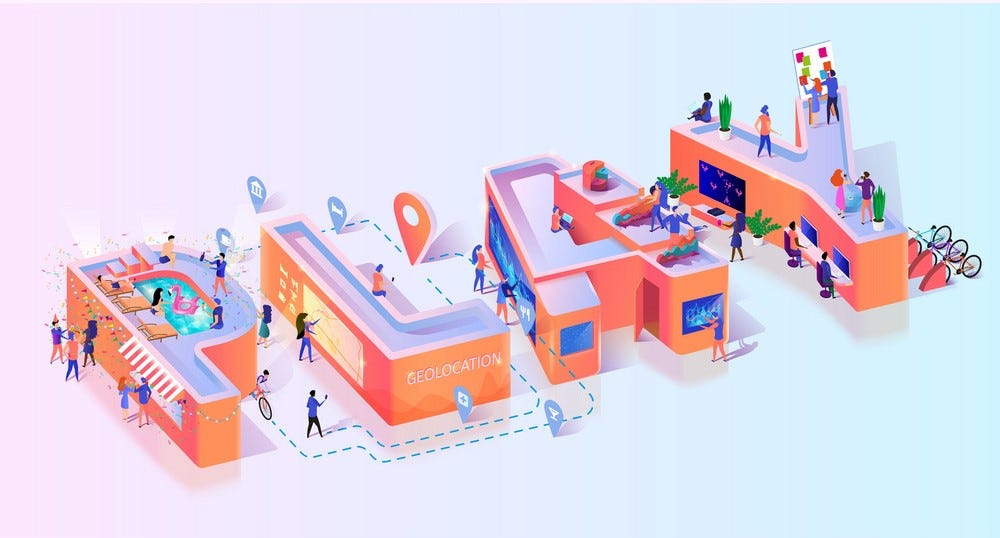Gamification in education is the application of game-like elements and mechanics to the learning process. It has become an increasingly popular trend in recent years, as educators and designers seek new ways to engage and motivate students.
However, while gamification has the potential to enhance learning and promote student engagement, it also has its drawbacks. This article will explore the benefits and drawbacks of gamification in education and provide insights on how to best implement it in the classroom.
Introduction: In recent years, the use of gamification in education has been gaining popularity. Gamification is the application of game-like elements and mechanics to non-game contexts, such as education.
The idea behind gamification is to make the learning process more engaging, motivating, and fun. By incorporating game elements such as points, badges, and leaderboards, educators can create a more interactive and dynamic learning experience.
However, while gamification has the potential to enhance learning and promote student engagement, it also has its drawbacks. In this article, we will explore the benefits and drawbacks of gamification in education and provide insights on how to best implement it in the classroom.
Benefits of Gamification in Education:

- Increased engagement: One of the main benefits of gamification in education is that it can increase student engagement. Gamification creates a more interactive and dynamic learning experience, which can capture students’ attention and motivate them to participate more actively in the learning process.
- Improved motivation: Gamification can also improve student motivation. By incorporating game elements such as points, badges, and leaderboards, educators can create a sense of competition and achievement that can motivate students to strive for success.
- Personalized learning: Gamification can also be used to personalize learning. By using game mechanics to track students’ progress and provide feedback, educators can tailor the learning experience to each student’s needs and abilities.
- Enhanced retention: Gamification can also enhance the retention of knowledge and skills. The use of game elements such as repetition, rewards, and feedback can help reinforce learning and encourage students to practice and master new concepts and skills.
- Safe learning environment: Gamification can provide a safe learning environment for students to experiment and learn from their mistakes without fear of failure. The use of games and simulations can create a low-risk environment where students can explore and test their knowledge and skills without the fear of consequences.
Drawbacks of Gamification in Education:
- Over-emphasis on rewards: One of the main drawbacks of gamification in education is that it can create an over-emphasis on rewards. Students may become more focused on earning points, badges, and other rewards than on learning the material.
- Limited application: Gamification is not suitable for all subjects or learning objectives. Some subjects, such as language learning or mathematics, may not lend themselves well to gamification. Additionally, not all learning objectives can be effectively gamified.
- Potential for distraction: Gamification can also be a distraction if not used properly. If the game elements are not well-designed, they may become a distraction from the learning material rather than an enhancement.
- Inequality: Gamification can create inequality among students if the rewards are not distributed fairly. Some students may have more opportunities or advantages to earning rewards, while others may not.
- High costs: Gamification can also be expensive to implement. Developing game elements and mechanics requires time and resources that some schools and educators may not have.
How to Implement Gamification Effectively:

- Define clear learning objectives: Before incorporating gamification into the classroom, educators should define clear learning objectives and ensure that the game elements align with these objectives.
- Use appropriate game elements: Educators should choose game elements that are appropriate for the learning objectives and subject matter. Game elements should be well-designed and integrated seamlessly into the learning experience.
- Focus on intrinsic motivation: Educators should also focus on intrinsic motivation rather than extrinsic motivation. While rewards and competition can be motivating, they should not be the sole focus of gamification. Educators should aim to create a sense of enjoyment and satisfaction in the learning process itself.
- Ensure fairness and equality: Educators should ensure that the game elements are fair and equal for all students. Rewards should be distributed fairly, and all students should have equal opportunities to earn them. This can be achieved by designing game elements that are based on effort and progress rather than innate abilities.
- Monitor effectiveness: Educators should monitor the effectiveness of gamification in the classroom. This can be done by collecting feedback from students and assessing their progress and engagement. Educators should also be willing to adjust and modify game elements as necessary to optimize the learning experience.
Conclusion:
Gamification in education has the potential to enhance learning and promote student engagement, motivation, and retention. However, it also has its drawbacks, including the potential for distraction, inequality, and over-emphasis on rewards.
To implement gamification effectively, educators should define clear learning objectives, use appropriate game elements, focus on intrinsic motivation, ensure fairness and equality, and monitor effectiveness. By doing so, they can create a dynamic, interactive, and engaging learning experience that promotes academic success and personal growth.









